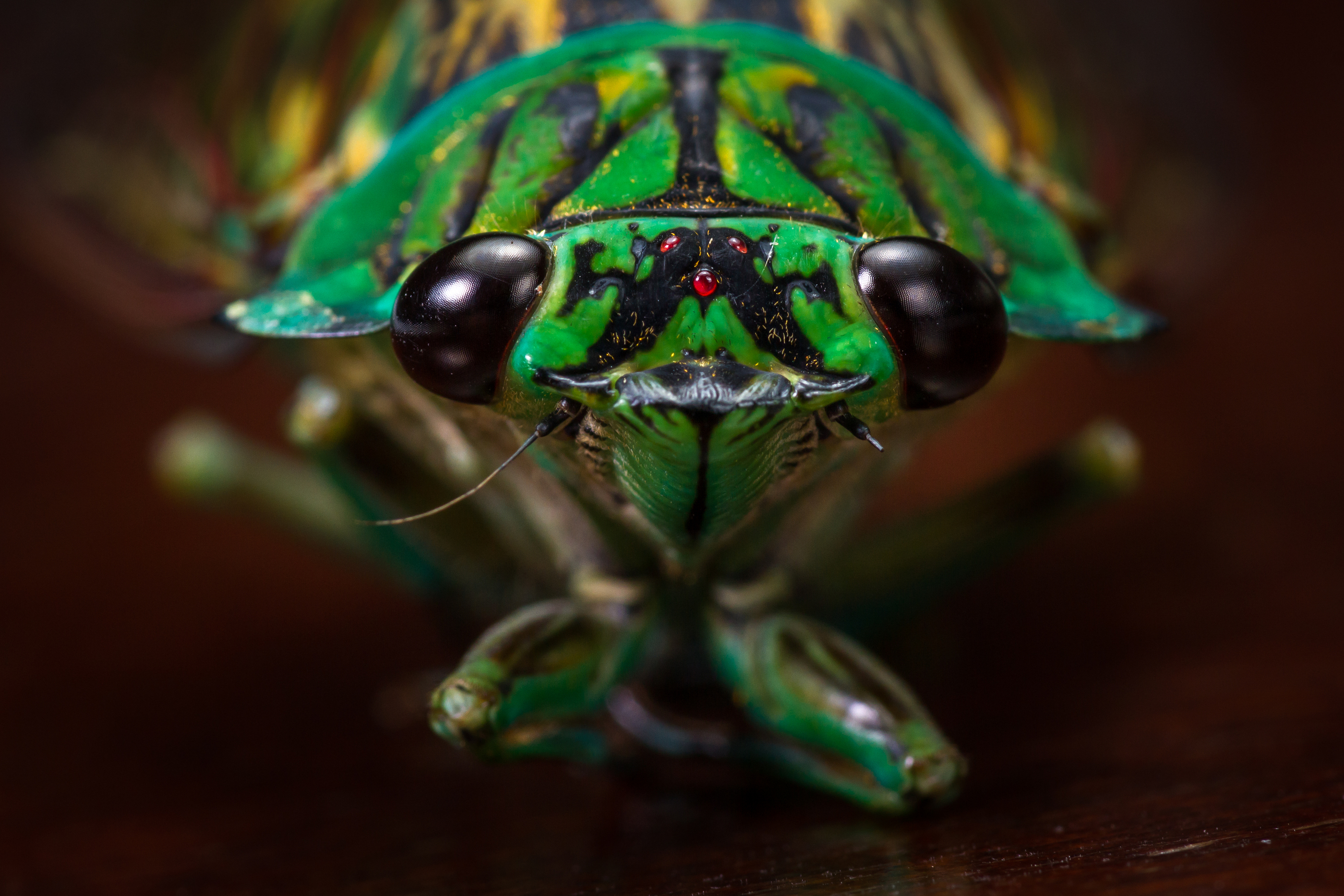
The green-veined wings and dark eyes are any easy way to distinguish annual cicadas from brood cicadas, which have orange-veined wings and red eyes. Annual cicadas are different than periodical cicadas, which emerge every 13 or 17 years in groups known as “broods.”. In two to five years, the nymphs will emerge and breed. In six to 10 weeks, the eggs will hatch, nymphs will fall to the ground and dig into the soil to feed on tree roots. The adult cicadas will fall to the ground and die once breeding and egg laying has been completed. The males and females will mate and females will cut slits into the branches of young trees and lay their eggs, each female will deposit eggs in multiple sites. Males produce the noise by vibrating a portion of their abdomen. At this point the cicadas will begin their mating ritual, males will “sing” to attract females. Nymphs will crawl onto a nearby tree to shed their exoskeleton. Reproduction and Life CycleĬicada nymphs will emerge from the ground once the soil has warmed to 65 degrees. 
PredatorsĬicadas are hunted by many species including fish, snakes, mammals, squirrels, birds, and spiders. As adults, cicadas are more focused on mating than feeding but they will puncture young tree branches and plant stems to stay hydrated.

FeedingĪs nymphs, cicadas live underground and feed by sucking liquid out of plant roots. Dog-day cicada adults have brown and green bodies with symmetrical markings, dark eyes and green-veined wings. Cicada nymphs are about one inch long with two prominent front legs with claws that help them dig and climb and four back legs for walking and support.






 0 kommentar(er)
0 kommentar(er)
